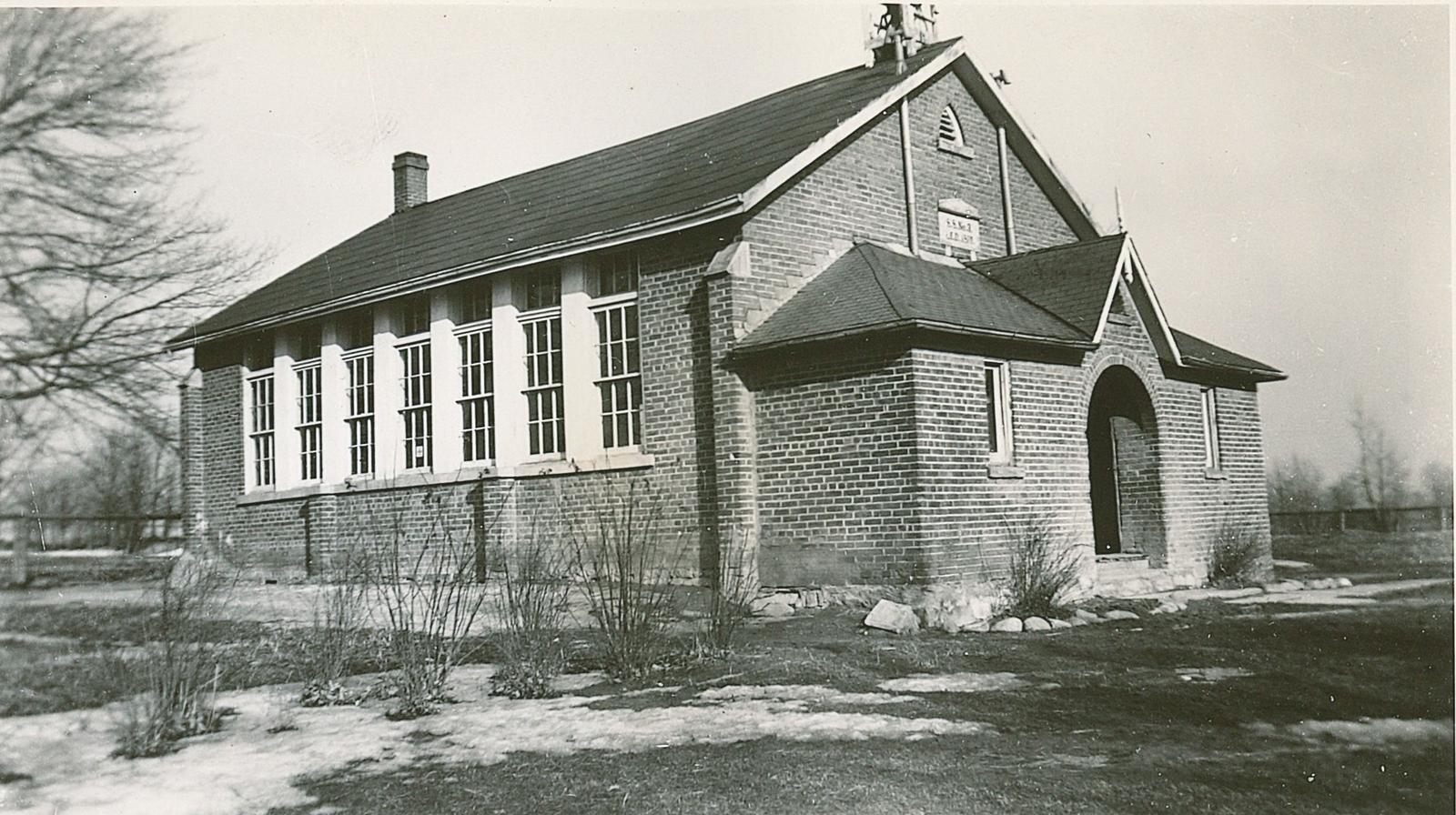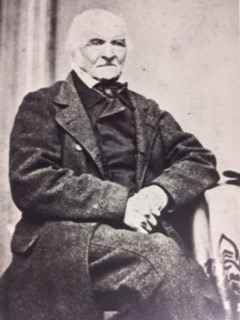
History of the Hills
Ashgrove
Pages
WelcomeActonAshgroveBallinafadHornbyGeorgetownGlen LawsonGlen WilliamsLimehouseNorvalScotch BlockSilver CreekSpeysideStewarttownTerra CottaAmalgamation: The Town of Halton HillsTimeline of the HillsReferences
At one time, Ashgrove had a store, hotel and blacksmith shop. Samuel Watkins operated the store starting around the 1830s. His customers included the Kennedy family in Georgetown, the Adams family in Acton, and the Williams family from Glen Williams. Many other early settlers bought their goods from him as well.
In 1860, Joseph Ruddell and wife Frances Mayse donated a quarter of an acre for a cemetery. George Wrigglesworth also donated land for use of a church.
George Cooke operated a sawmill which “flourished until the supply of timber was exhausted.” The sawmill business brought an increase in population around the 1870s. This even warranted an addition of a second room to the local schoolhouse. But once the sawmill closed, many families moved away.
Because of its location on Trafalgar Road, Ashgrove saw an uptick in traffic around the 1940s. By then the businesses that had once flourished in the area had either closed or were disappearing. Today, traffic down Trafalgar continues through the hamlet but it remains a quiet place.
Thomas Fyfe
Historical figures and connections can appear in surprising places. Esquesing’s first post office opened south of Ashgrove in 1832. The first postmaster, Thomas Fyfe, was a supporter of William Lyon Mackenzie leading up to the 1837 Upper Canada rebellion.Fyfe’s correspondence with Mackenzie is currently held at the Archives of Ontario.
The post office was moved to Stewarttown in 1840.

